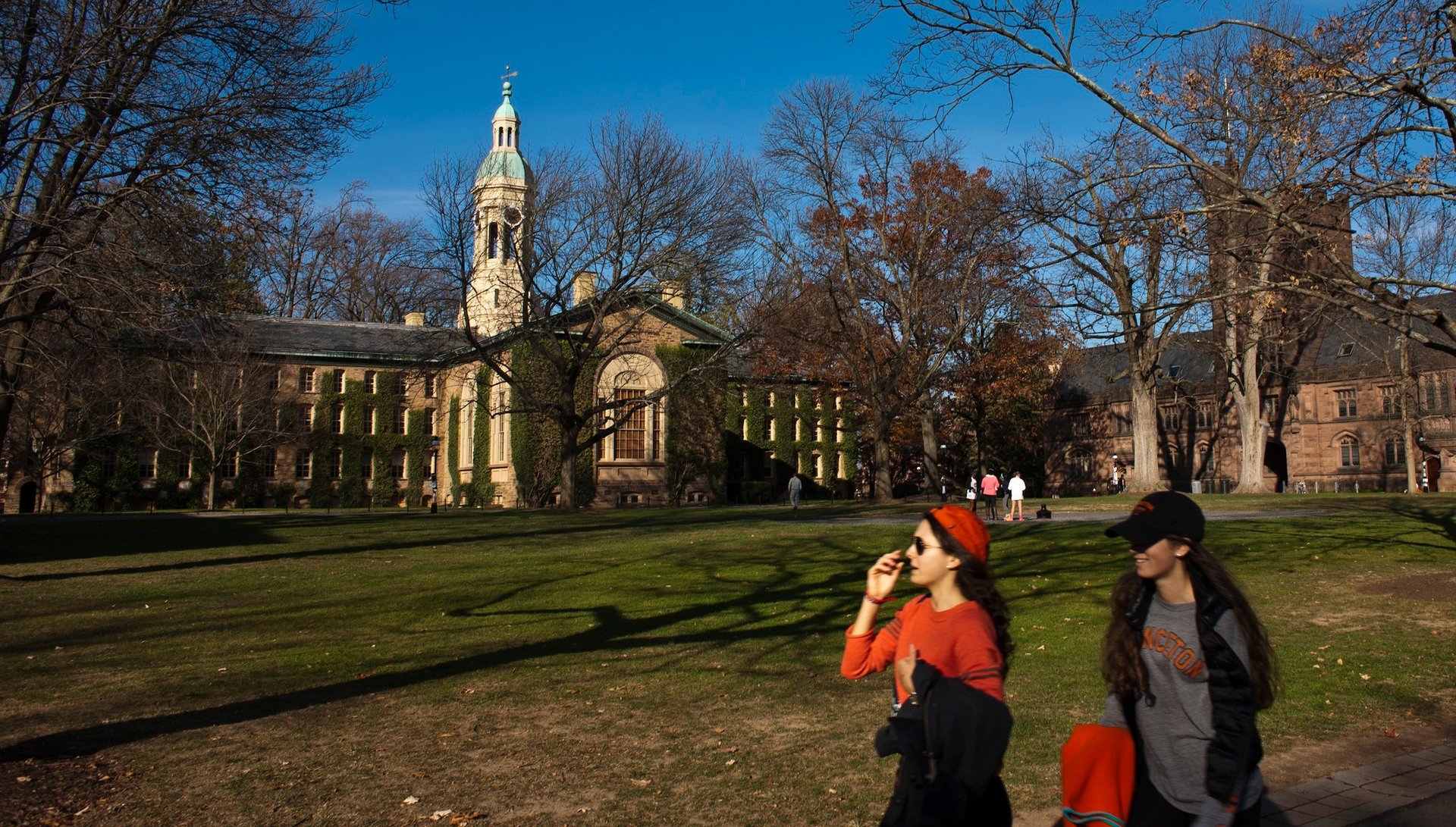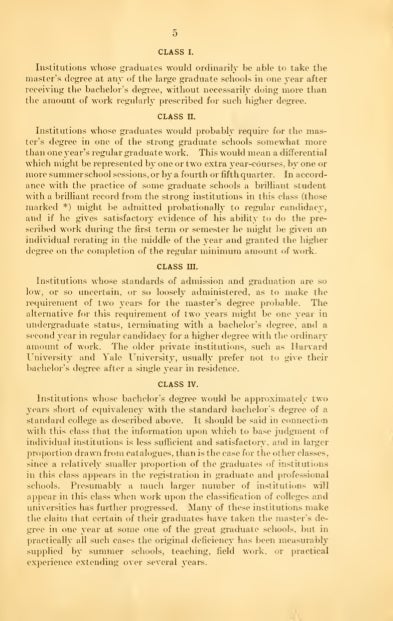How US college’s rankings have—and haven’t—changed over the past century
Outside of a few minor shifts generally ignored by all but the most competitive alums, college rankings are usually pretty stable in the United States—so it takes a rather wide view to see how American higher education has changed.


Outside of a few minor shifts generally ignored by all but the most competitive alums, college rankings are usually pretty stable in the United States—so it takes a rather wide view to see how American higher education has changed.
A good starting point might be 1911. That year, as highlighted by Vox, the US Bureau of Education’s Kendric Babcock divided (pdf) America’s colleges into four tiers based on the value of their degrees and how well their students were prepared for graduate school, with “Class 1” representing the very best institutions.
The result caused an uproar among colleges and the rankings weren’t repeated. But Duke sociology professor Kieran Healy took it upon himself to compare those rankings to the most recent US News and World Report rankings of American universities.
One takeaway–the elite largely remain elite. Most of the top schools in US News’ rankings were rated Class 1 back in 1911. These private universities have what Healy calls “sticky” reputations, while many public universities have seen their standing decline over the last 103 years.
Institutions like the University of Nebraska and the University of Kansas were Class 1 in 1911 but are well back from the top of the US News ranking now. It’s a symptom of a century in which the endowments of prestigious private institutions have skyrocketed while many public universities have seen funding cut. And just as in 1911, the rankings don’t pay much attention to cost effectiveness. Those private schools at the top cost vastly more to attend than public schools.
Babcock was working before many of today’s universities were founded or became prominent, so the full chart from Healy also gives a fascinating sense of which newer universities have managed to build a strong reputation in a relatively short amount of time. Institutions not ranked by Babcock are designated by a pink bubble:

Liberal arts schools, which are mostly private, saw some movement. Swarthmore, Middlebury, and Pomona have climbed, while Knox, Lake Forest, and Goucher have dropped precipitously:

For reference, here’s how Babcock defined each of the four classes:
